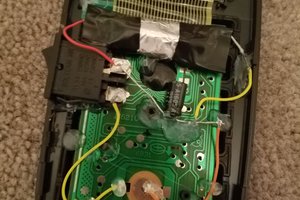Video demonstration:
Our mission and vision
Mission: "To develop a straightforward and eco-friendly watch that integrates innovative technologies with minimal components, ensuring energy efficiency is within reach for all.".
Vision:
"We aim to achieve a world where energy-saving technology is accessible to everyone, where our watch serves as a symbol of environmental stewardship and innovative solutions in energy efficiency."
 Serhii Trush
Serhii Trush

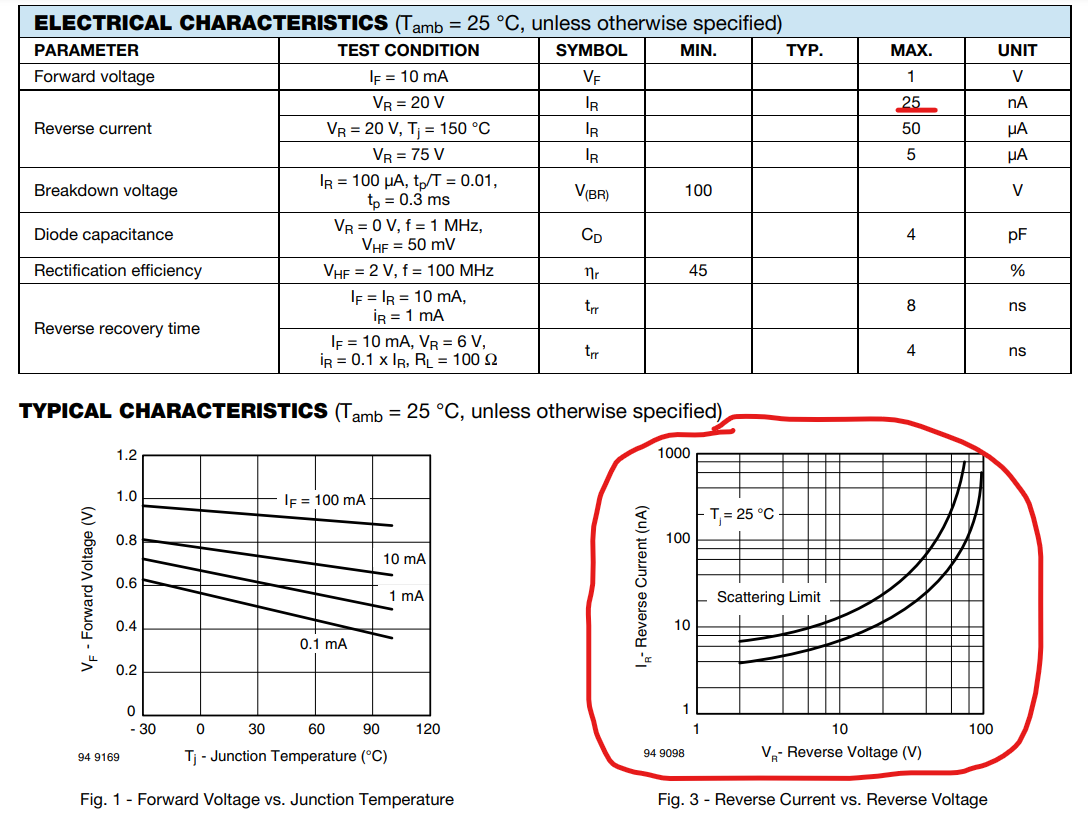

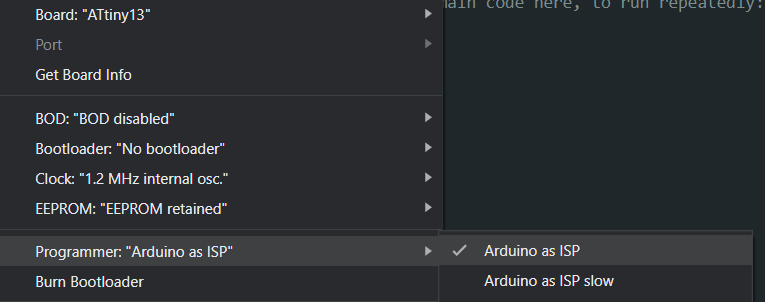
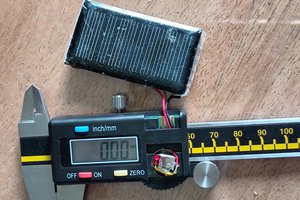
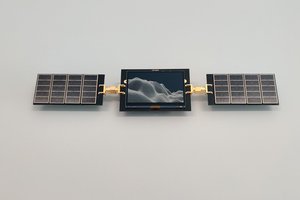
 Jelle Reith
Jelle Reith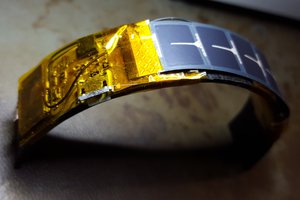
 DrYerzinia
DrYerzinia